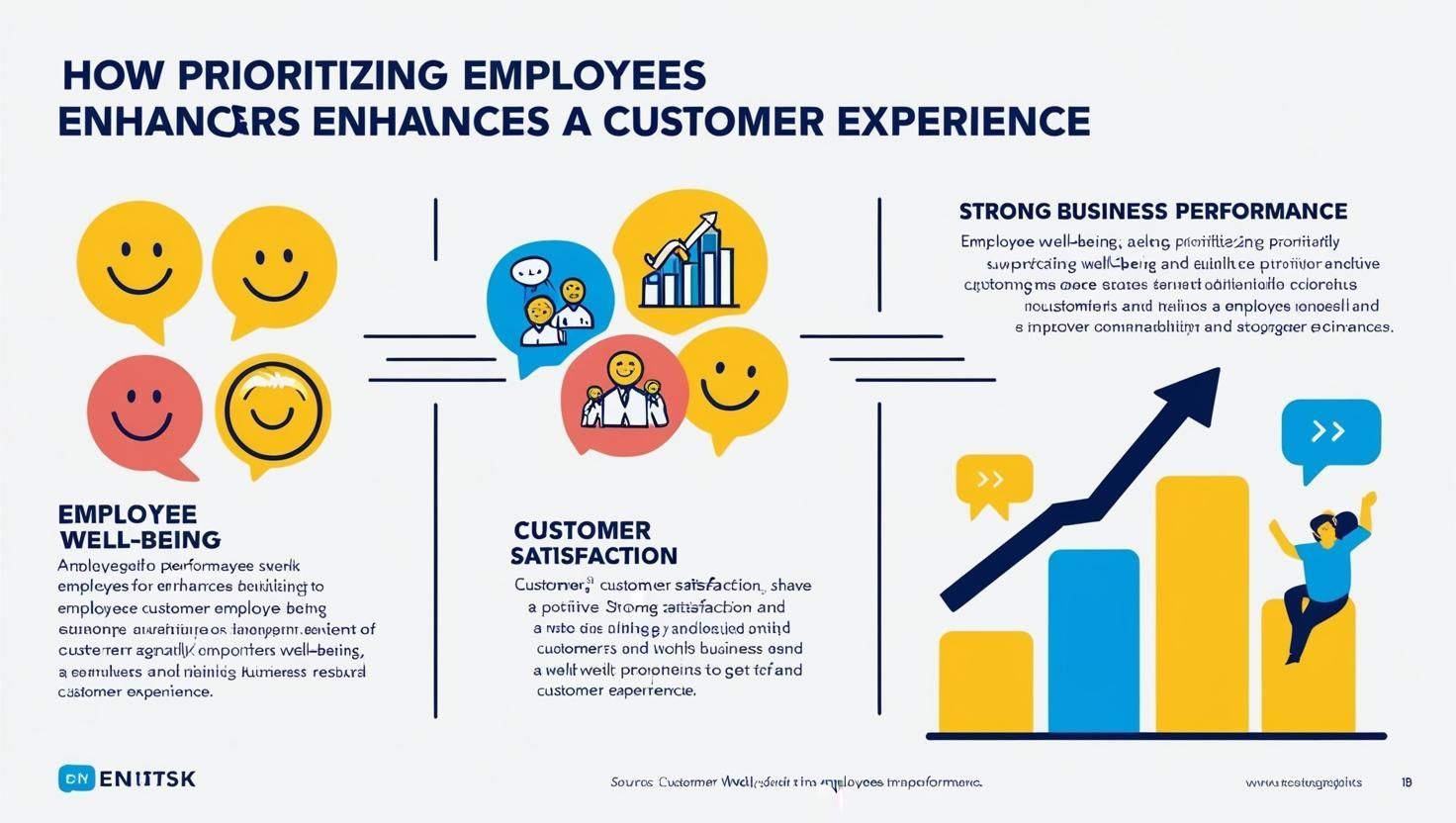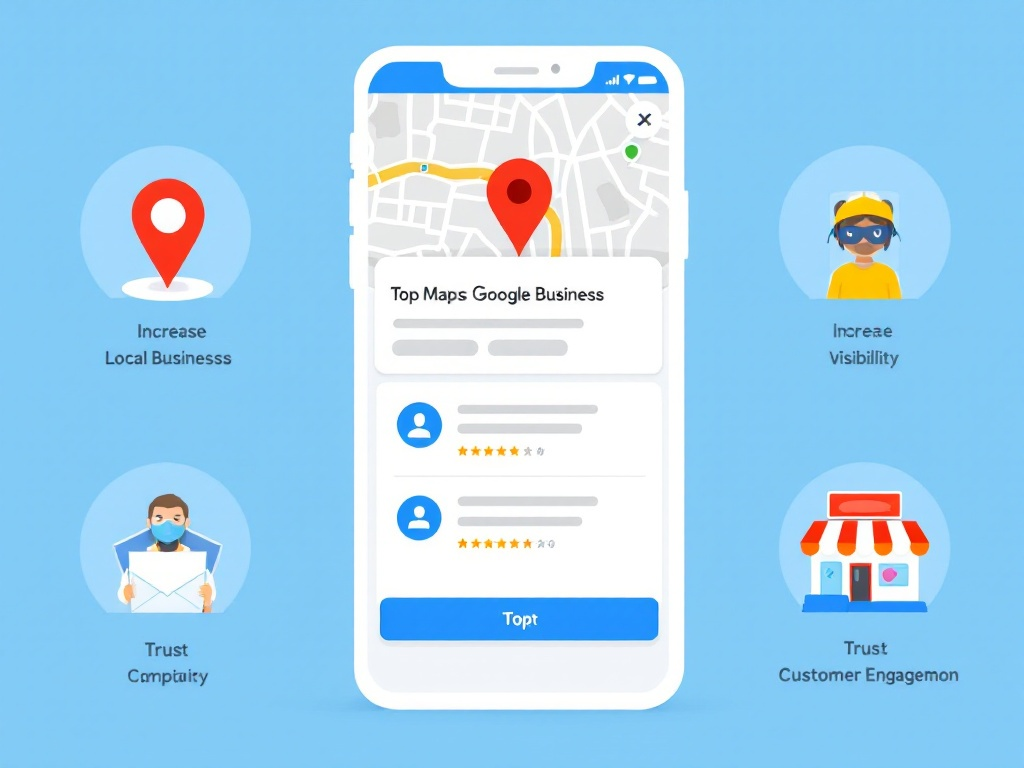What we have done for out Pediatric Dental Client
In the bustling world of pediatric dentistry, understanding the lifetime value (LTV) of a patient is crucial for optimizing practice growth and financial health. This metric not only sheds light on the revenue potential of each patient but also guides strategic decisions in marketing and service offerings. Let’s explore how various factors contribute to the LTV of pediatric dental patients and what this means for dental practices.

The lifetime value of a pediatric dental patient can vary widely based on geographic location, type of practice, and services offered. However, industry averages provide a useful framework for estimating this value. The average revenue generated per visit can range from $100 to $300, largely influenced by the services provided and regional pricing structures. This variance highlights the importance of tailoring service offerings to meet local demand and optimize revenue. Typically, pediatric patients visit the dentist twice a year for routine check-ups. Additional visits for treatments or emergencies can increase this number, enhancing the overall revenue potential from each patient. Pediatric dental care generally begins around age 3 and continues until age 13, offering a 10-year window of potential patient engagement. This long-term relationship underscores the importance of building trust and delivering high-quality care. Pediatric practices often achieve retention rates above 80%, thanks to the routine nature of dental check-ups and the critical role of consistent dental care in a child’s health. High retention rates are pivotal in maximizing LTV.
Using these averages, we can estimate the LTV of a pediatric dental patient. The formula is $150 (Average Revenue per Visit) x 2 (Visits per Year) x 10 Years x 0.75 (Retention Rate) = $2,250 LTV. With 60 new patients per month, a practice can anticipate generating $135,000 in new lifetime revenue monthly, equating to $1,620,000 annually.
To sustain and grow this revenue, practices often allocate an annual advertising budget of $42,000, or $3,500 per month. This investment supports patient acquisition and retention efforts, critical for maintaining a healthy patient base. Pediatric dental offices typically enjoy a net profit margin ranging from 20% to 40%, depending on expense management and revenue maximization. Using a conservative estimate of a 25% profit margin, the financial impact is significant. The net benefit calculation is $1,620,000 x 0.25 - $42,000 = $363,000. This one-year net benefit, derived solely from new patient cleanings, illustrates the substantial financial rewards of effective practice management and strategic marketing.
In conclusion, understanding and maximizing the lifetime value of pediatric dental patients is essential for the sustained success of a dental practice. By focusing on key metrics such as revenue per visit, retention rates, and strategic marketing investments, practices can enhance their financial performance and ensure long-term growth. As the dental landscape evolves, staying attuned to these factors will empower practices to thrive in an increasingly competitive market.









